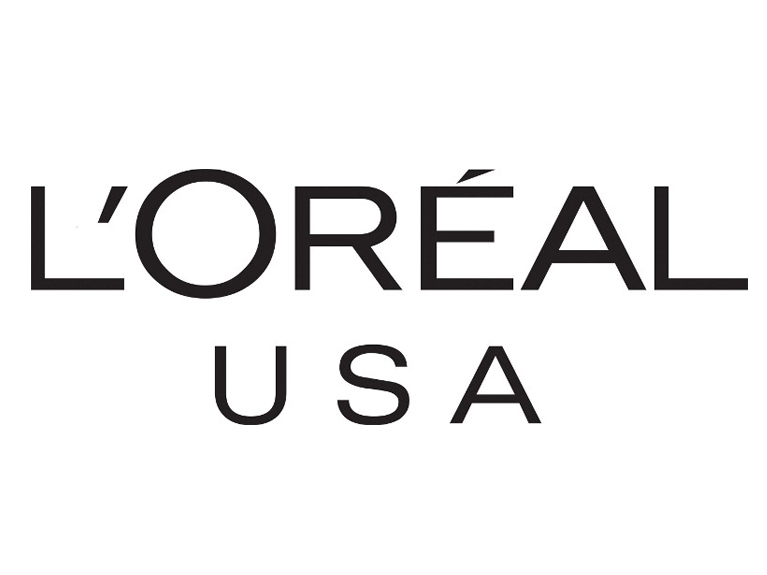L’Oréal USA, the largest subsidiary of L’Oréal Groupe, announced this Monday it has reached carbon neutrality for scopes 1 and 2 emissions for all its sites in the United States. The company has 25 sites across 12 states. Today’s announcement also includes the company’s manufacturing and distribution facilities, administrative sites, and research and innovation sites.
According to the statement, L’Oréal USA has almost 16 years pushing and advancing its renewable energy strategy. In fact, the company has launched since 2005 a multi-pronged approach. It is aimed at improving energy efficiency and transitioning to 100% renewable energy. Consequently, the company reached its carbon neutrality goal five years ahead of schedule.
Indeed, L’Oréal Groupe established a worldwide strategy with the aim of achieving carbon neutrality for all its sites globally by 2025. Now, after such a milestone, the company has two about of every three products sold in the U.S. manufactured in green-operating sites.
Stéphane Rinderknech, President & CEO, L’Oréal USA, said about the matter. “L’Oréal’s sustainability ambition is a transformational effort that has touched every department, becoming a source of pride, inspiration, and education for all our 11,000 U.S. employees.”
Also recommended for you: Shell to build biofuels facility in Europe; reaches FID for the colossal project. Click here to read.
L’Oréal USA uses renewable energy, RECs, and other strategies for its neutrality goals
He also remarked. “Our customers can be proud their products are made in facilities that use 100% renewable energy. While we are proud of these achievements, we know this is not enough to meet the moment we are in today and must push ourselves ever farther to meet the climate crisis head-on.”
On the other hand, the company launched a series of efforts in order to achieve its goal. One of them being energy optimization. In fact, the company is part of the Department of Energy’s Better Buildings, Better Plants program. The program has allowed the company to use data analytics to run its facilities better.
Furthermore, 70% of all the company’s sites in the U.S. have on-site renewable energy developments. Indeed, the company has installed more than 50,000 solar panels across its sites, since 2005.
Finally, the company has launched a strategy to purchase Renewable Energy Certificates (RECs). However, it maintains strict parameters for the purchase. For example, they all must be locally sourced to ensure the company is driving systemic change through the local communities. RECs must also be must be attributable to a local or semi-local renewable energy project close to the site which uses it. Consequently, the REC’s the company has purchased come from wind, hydro, and solar power projects in the states of California, Florida, and New York.


